Build a career in public education and museum studies
Did you know that museums in the U.S. welcome over 850 million visitors every year? For context, imagine the crowd size of a baseball stadium…every major league baseball stadium’s attendance since 2023 to 2025 combined makes up just one quarter of the crowd that attends museums in the U.S. every year! That’s a lot of people. And, the market size of the U.S. museum industry, just in 2024, was worth $18.1 billion. That’s a lot of green.
Museums are full of moving parts and interesting jobs. In this blog, we’ll talk about what you can learn through museum studies, how it connects to other fields and how you can apply museum studies skills in your career.
Explore your options in museum studies at Central Michigan University.
What is museum studies?
Museum studies is all about learning what it takes to run a museum. That means keeping the building safe, setting up exhibits and exhibitions and planning programs for visitors. It also means managing curation and caring for important objects, plus telling interesting stories with artifacts and displays through creative storytelling.
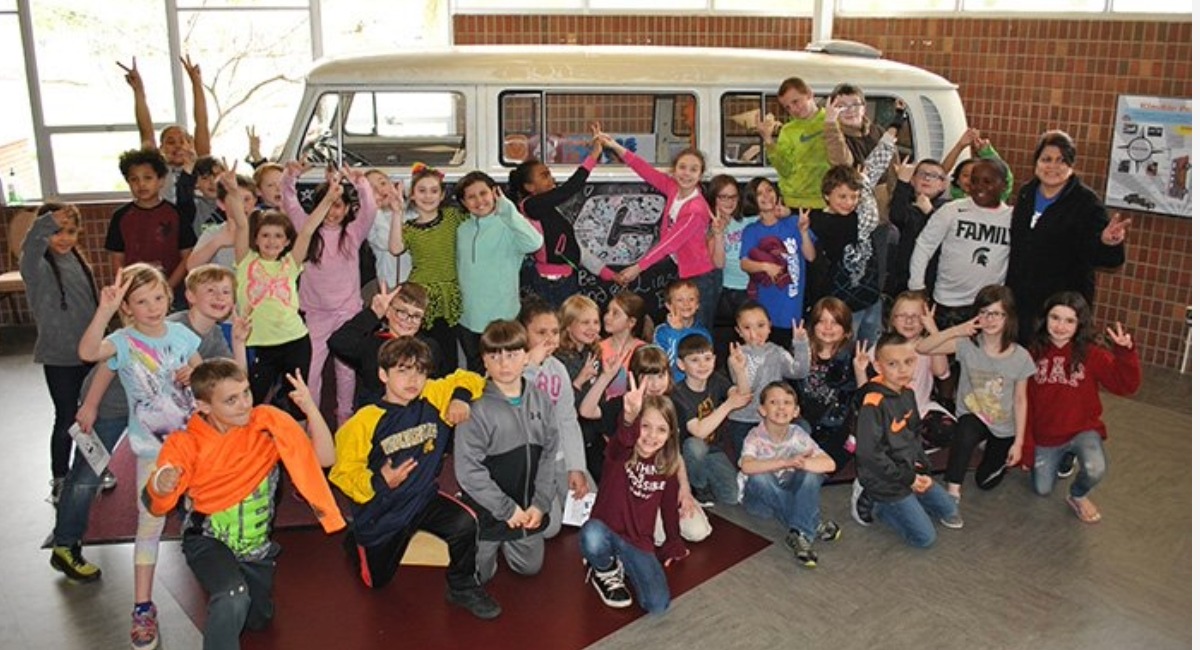
Museums play important roles in our communities:
- They provide trusted information for teachers, students, researchers and the general public.
- They make learning about history, art and science possible no matter who you are or how much money you have.
- They keep important stories alive by saving and showing objects and sharing their stories.
- They bring people together and help us understand each other better.
What do you learn in museum studies?
Museum studies brings together many different subjects. There’s always a topic, like history or science, and there’s always a way to share that information with others. Think about all the signs, videos and hands-on things you see in a museum. Even the way an exhibit is set up is planned to tell the best story and create an impactful exhibition.
Business and marketing are also important for museums because they are busy public places that need to attract visitors and run smoothly.
In a museum studies program, you could take classes such as:
- Accounting, business and nonprofit management.
- Marketing, public relations and design.
- Exhibit planning and how people move through a space.
- Communication and technology.
- Digital storytelling and creative writing.
- Research, education and preserving culture.
- Curation, authentication and cataloging.
- Classes about art, science, history and other subjects found in museums.
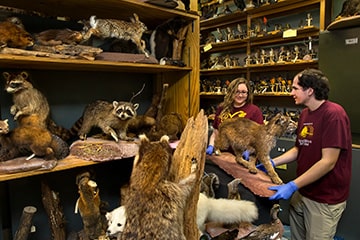 In your museum studies, you should expect an experience-based, hands-on program. Treat your classroom activities like a museum laboratory for research and interpretation.
In your museum studies, you should expect an experience-based, hands-on program. Treat your classroom activities like a museum laboratory for research and interpretation.
This is your opportunity to practice communicating the science, history and cultural significance of artifacts. Depending on your program, you might participate in unique research projects – investigating objects from shipwrecks, historic trails or private collections.
What can you do with a background in museum studies?
Museum studies helps you strengthen your communication and problem solving skills. You’ll learn how to design exhibits, plan and manage exhibitions, work with visitors and share information in an engaging way. These skills are useful in many jobs, not just museums. They go well with majors in history, anthropology, business, marketing, STEM and more.
Curation and exhibit planning
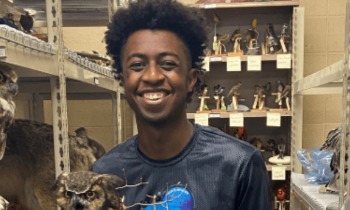 If you love the things museums collect and show, you might want to be a curator or archivist (someone who organizes collections and takes care of artifacts) or an exhibit designer.
If you love the things museums collect and show, you might want to be a curator or archivist (someone who organizes collections and takes care of artifacts) or an exhibit designer.
Museum technicians and conservators also take care of artifacts, helping with proper storage practices to help preserve valuable pieces of the collection.
Exhibit designers plan the flow of visitor traffic and align the educational experiences according to the natural movement of people through the exhibit and throughout the museum.
Business strategy
If you’re more interested in business, you might work in marketing, fundraising, management or business-to-business communications between museums. Public programming in general might be your direction – skills in museum studies can help you tailor experiences for communities all over.
Experience and education
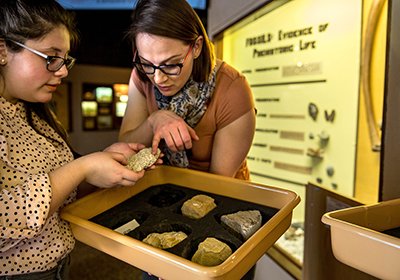 Or maybe you like helping visitors learn. You could be a tour guide and design educational programs or help create fun and interactive exhibits. National parks, historic sites, botanical gardens, aquariums and zoos all utilize elements of museum studies to share information.
Or maybe you like helping visitors learn. You could be a tour guide and design educational programs or help create fun and interactive exhibits. National parks, historic sites, botanical gardens, aquariums and zoos all utilize elements of museum studies to share information.
Museums are also keeping up with new tech, like virtual reality simulators, online exhibition features and digital storytelling. That means there are new jobs for people who like technology, creative projects and interaction-based event planning.
Explore the museum studies minor at CMU
If you care about culture, education and museums, the Museum Studies Minor at Central Michigan University might be perfect for you. You can find out more about the program, CMU’s own Museum of Cultural and Natural History, and find out more about special funding and internship opportunities.
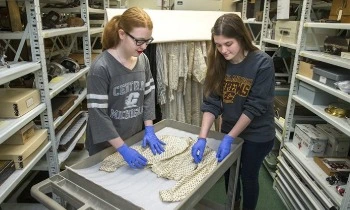 Take the first step toward an exciting career in museums—whether your dream is curating, storytelling, exhibition design, curation or becoming an archivist—at CMU today!
Take the first step toward an exciting career in museums—whether your dream is curating, storytelling, exhibition design, curation or becoming an archivist—at CMU today!
Sources
- American Alliance of Museums, Advocacy
- Major league baseball stadium attendance, ESPN, 2023, 2024, 2025